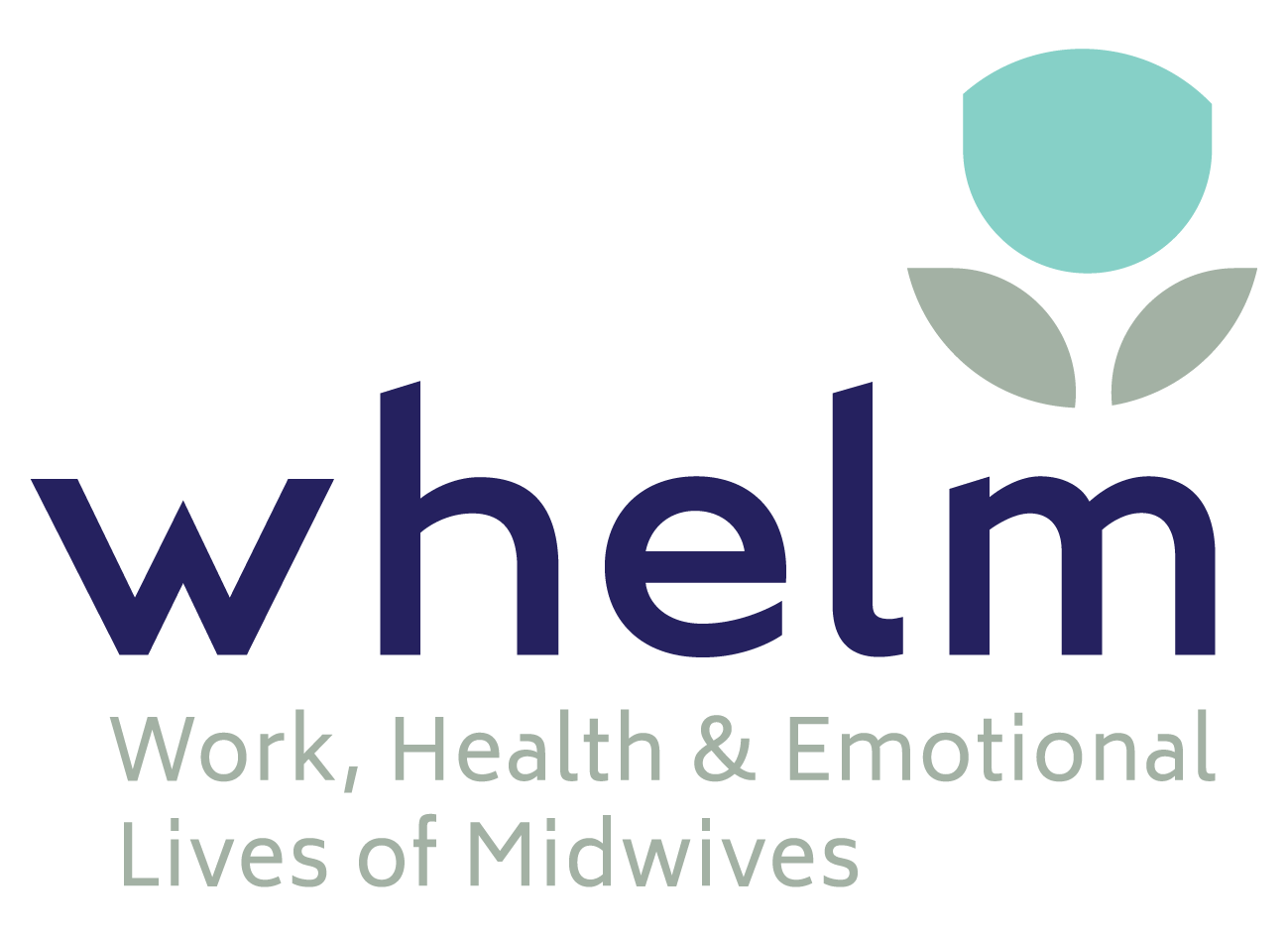Adjunct Professor Jocelyn Toohill PhD
Midwives play a critical role in healthcare. Unfortunately, most health leaders, and many health professionals have little understanding of what midwives can do. As a consequence, we have a significantly under-recognised and underutilized midwifery workforce relative to their scope of practice. For communities to have access to the highest standard of maternity care, and for health services to deliver world-class care we must have a midwifery workforce who are supported to work to full scope of practice.
Why is this important?
The “State of the World’s Midwifery” report is the 3rd international report to be published with a global focus to improving availability, accessibility, acceptability, and quality midwifery care. Importantly the report will demonstrate that “Power Comes from the Womb” and will be published by the United Nations Population Fund in 2021. This report will outline the 60-fold benefit that will come from investing in midwifery and highlight the impact midwifery can achieve through adopting a lifetime approach to care. Eighty-seven percent of all essential sexual, reproductive, maternal and newborn healthcare can be provided by midwives. Fifty-six maternal and neonatal outcomes are improved through midwifery practice alone. If we want a first-class health system, we must begin by acknowledging the value of midwives in saving lives and preventing lifetime morbidity, and midwives must be ready to meet this welcome but long overdue recognition.
Acknowledge
To make use of the all the opportunities quality midwifery care might provide for Queensland communities, we need to begin by knowing our existing midwifery workforce. Midwifery is relatively invisible within workforce systems, and is confused within a career structure not designed for the profession . We need to develop and articulate more clearly midwifery position description and generic level statements, that describe what it is that midwives do, when they do it, and where they do it.
Midwives are regulated to provide woman-centred care, and to promote normal physiology for women, both with and without complexities. When a woman has physical, medical, or psycho-social challenges her care does and will include members of the multidisciplinary team and will be guided by the Australian College of Midwives National Consultation and Referral Guidelines. Often health professionals have little understanding of the education preparation or lifesaving skills and knowledge midwives have and this lack of understanding of the scope of a midwife contributes to fragmented care for the woman and disrupts away from providing relationship based care within midwifery continuity. As such the professional role of the midwife must be articulated and embedded in human resource management systems, so that workforce numbers and workforce planning are focused to achieve best practice models where every woman has access to her own midwife. To promote and progress this, midwives must be included in all discussions to have a voice with executive health staff relating to the importance of midwives and of midwifery care.
Innovate
To innovate maternity care, midwifery continuity of carer models need to be scaled up. Despite overwhelming evidence of benefit, few women have access to this model of midwifery care. By tapping into the benefits to women and their families of consistent professional support from midwives during the first 1,000 days of life, we can provide a continuum of connected care and a professional career pathway for midwives that is integrated with child health. We recognise that a consistent and trusted carer means that psychosocial health needs, such as postnatal depression and domestic and family violence, are more likely to be identified earlier and addressed.
Home birth
Queensland is one of only two Australian jurisdictions without publicly funded homebirth. Homebirth is safe and provides improved outcomes in the right population of women. Queensland has strong consumer interest for home birth. During COVID-19 private midwives have reported a 35% increase in homebirths, and higher levels of demand than they can meet. There are concerning reports suggesting that women are giving birth without a midwife or doctor because they cannot afford a private midwife and are fearful of birthing in a hospital. Public health messaging of the safety of birth in hospital has not diminished the numbers of women continuing to seek out this choice. Equity of access to maternity and birth care that is physically and psychologically safe is important. Identifying opportunities for how homebirth could be facilitated remains a significant gap, with ‘hospital in the home’ arrangements perhaps an option.
Birthing on Country
Actioning and embedding culturally appropriate care and acknowledging the importance of birthing on country to Aboriginal and Torres Strait Island women is paramount in providing a world class health system and achieving sustainable development goals. Scaling up midwifery continuity of care with Aboriginal and Torres Strait Island women is vital. A major contributor to poor outcomes for Aboriginal and Torres Strait Island women is preterm birth, and we know that this is reduced by 50% where mothers receive midwifery continuity of care. Through implementing recommendations of the Queensland Rural Taskforce Report, maternity care can be provided closer to home and build continuity models. Technology will be a major conduit for midwives to connect women living rurally with specialist services.
Transform
Transforming maternity care will only come from the realisation of the full capacity of the midwifery profession. Currently, there are few midwives who have graduated in the past 12 years from a Bachelor of Midwifery program holding leadership roles. In 2018 surveys showed that contemporary midwifery education and practice remain poorly understood, with significant numbers of midwives indicating they were restricted from working to their full scope of practice. For those in leadership roles, a clear understanding of the differences between nursing and midwifery is necessary to grow and show the benefits of the midwifery workforce. Upon graduation midwives should be articulated directly to continuity models rather than restricted to and deskilled in historical and fragmented graduate programs. Ensuring culturally appropriate support is in place to attract and retain Aboriginal and Torres Strait Islander midwives is also key to building an equitable and inclusive workforce.
Additionally, through ensuring all women have access to a midwife – and specifically within a relationship-based continuity model where they are working to full scope – will assist in addressing the one in three women who have trauma symptoms from a poor birth experience or from feelings of having been treated disrespectfully. The protective factor for women is having a known midwife who understands her needs. Trust builds over time through cumulative education, information sharing, and decision-making, where the woman can feel confident in her midwife’s advocacy of her needs. Through this support – and regardless of birth or maternity outcome – the woman’s feelings of safety and control are likely to result in improved perinatal mental health, adaption to early parenting and greater capacity to meet the developmental needs of her child. Women who receive midwifery care are more likely to feel empowered, experience shared decision making and be more satisfied with their care.
Summary
For ongoing improvements in maternity care to be achieved we need to make the best use of our existing workforce by expanding opportunities for midwives to provide continuity of care. We need to be ready for the recommendations coming from the State of the World’s Midwifery report.
All midwives – regardless of the model they choose to work – in are vital to promoting the profession and to achieving a world class maternity system. Midwives are potent, and we must ensure that how midwives are educated and regulated to work is supported, translated to practice, and for women to have increased access. It has been said previously, that if midwifery were a pill, everyone would be prescribed it. I commend all midwives to primarily advocate for women, but fundamentally understand that universal access to best practice midwifery continuity is dependent on us all.
While our profession is predominantly women, all midwives, regardless of gender must safeguard gender equality. We must call out poor care or inequity. To be effective we must continue to strengthen our profession and stand united so women know, our communities know, and our governments know who we are, what we do and why midwifery is so fundamentality important to women, to strong communities and to generational health. Without this commitment the usefulness of the 2021 State of the World’s Midwifery report to our profession may be lost.








